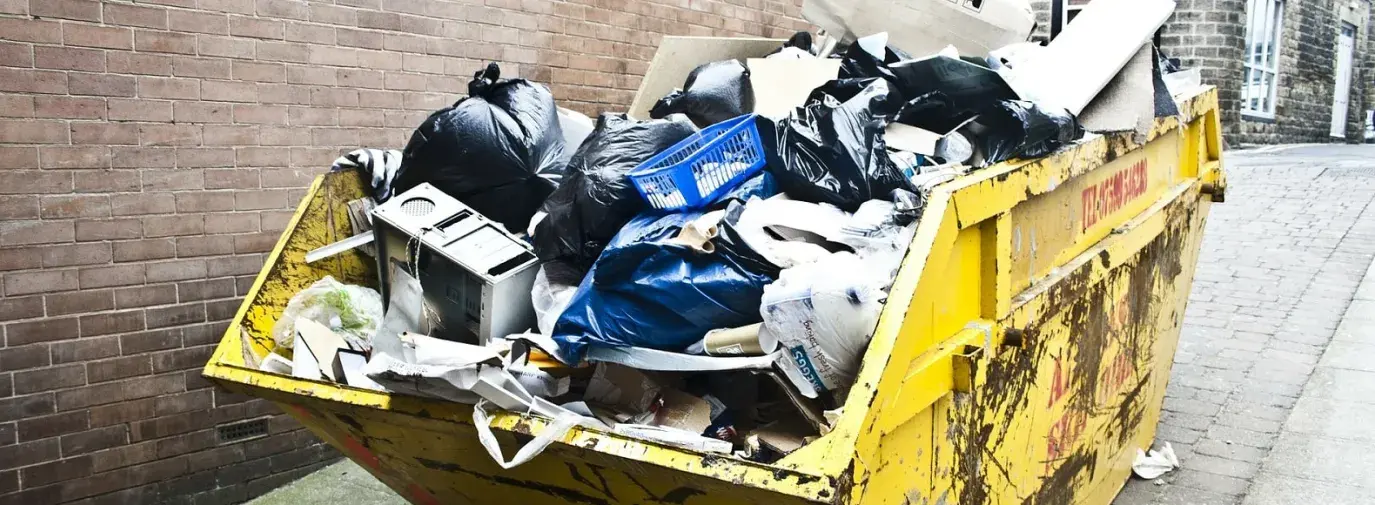
In the closing hours of the first DC Green Festival® in 2004, regional manager Alix Davidson was approached by an incredulous staff person at the Washington Convention Center. “Where’s your trash?” he asked.
The convention center’s staff was expecting the tens of thousands of tons of trash routinely generated by large events. The Green Festival—which Green America co-produces with Global Exchange—had welcomed more than 15,000 people that year for a full weekend of speakers and exhibits. “They couldn’t believe we only had a few bags of trash to show for it,” Davidson recalls.
Zero Waste Festivals
As the Green Festivals have grown, welcoming enthusiastic crowds of over 100,000 a year in San Francisco; Washington, DC; Chicago; and now Seattle to support the green economy and work for social justice, we have also modeled a more sustainable way to produce near-zero-waste large events. In general, events as large as the Green Festivals are notoriously wasteful: one study commissioned by California’s Integrated Waste Management Board last year estimated that public events and venues generate more than 2.4 pounds of waste for every visitor, two-thirds of which is landfilled or incinerated.
Green America and Global Exchange have developed a model for making sure that these “Parties with a Purpose” leave very little waste behind. Minimizing waste begins with the food vendors and other exhibitors, all of whom agree to use compostable serviceware: cutlery made of potato-based plastic, cups made of corn-based plastic, and paperware made from sugarcane. All Green Festival vendors sign a statement that they will not distribute plastic disposables.
Then, throughout the Festivals, hundreds of volunteers assist attendees at waste receptacle stations, making sure that they dispose of items in the appropriate bins: “recycle,” “compost,” or “landfill.” At the end of the festival, teams of volunteers wearing rubber gloves help behind the scenes with further sorting. While sorting garbage might sound like an unenviable responsibility, many volunteers find the experience inspiring.
“My experience made me think a lot more about how much we waste,” Cecilia Parker wrote after the Chicago Green Festival. “I now shop thinking more about packaging.”
When the party winds up on Sunday evening, Green Festival organizers drive the truck full of compostables to municipal composting facilities. The recyclables are picked up by municipal recycling services.
The results of this innovative green approach are dramatic: After the 2007 San Francisco Green Festival, for example, which welcomed 37,000 visitors over three days, volunteers ultimately diverted 96 percent of the waste generated—fully ten tons—from the landfill through either recycling or composting. All three of last year’s Green Festivals, including events in DC and Chicago, could boast “resource recovery” rates over 91 percent, on average.
Every Green Festival is showing thousands of volunteers, tens of thousands of attendees, and even the operators of a few convention centers that with good planning and cooperation from vendors and volunteers, it’s possible to hold a large event that generates dramatically less waste. And this model and know-how have helped reduce waste at other big events—another great success for our Green Festivals. Seven Star Events, the green event planning company that helps put on the Festival, has gone on to use the low-waste strategies they learned on the job at Green America and Global Exchange’s Green Festivals to green other large events, including the “Live Earth” concert for awareness of the climate crisis last summer.







